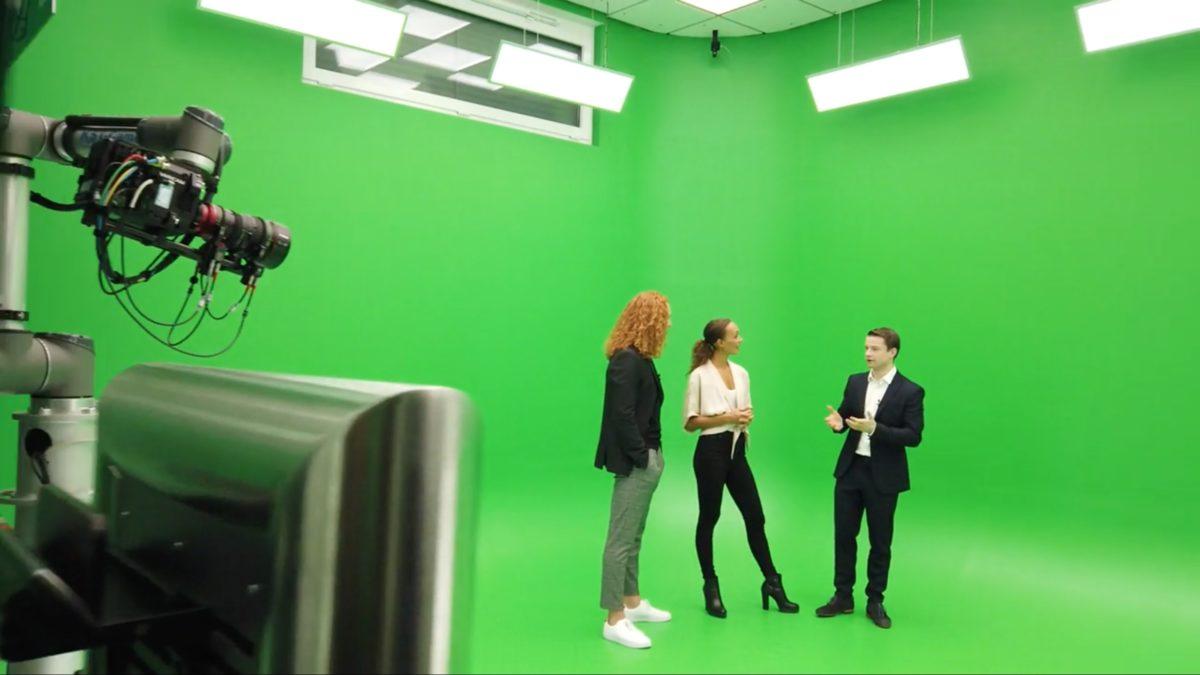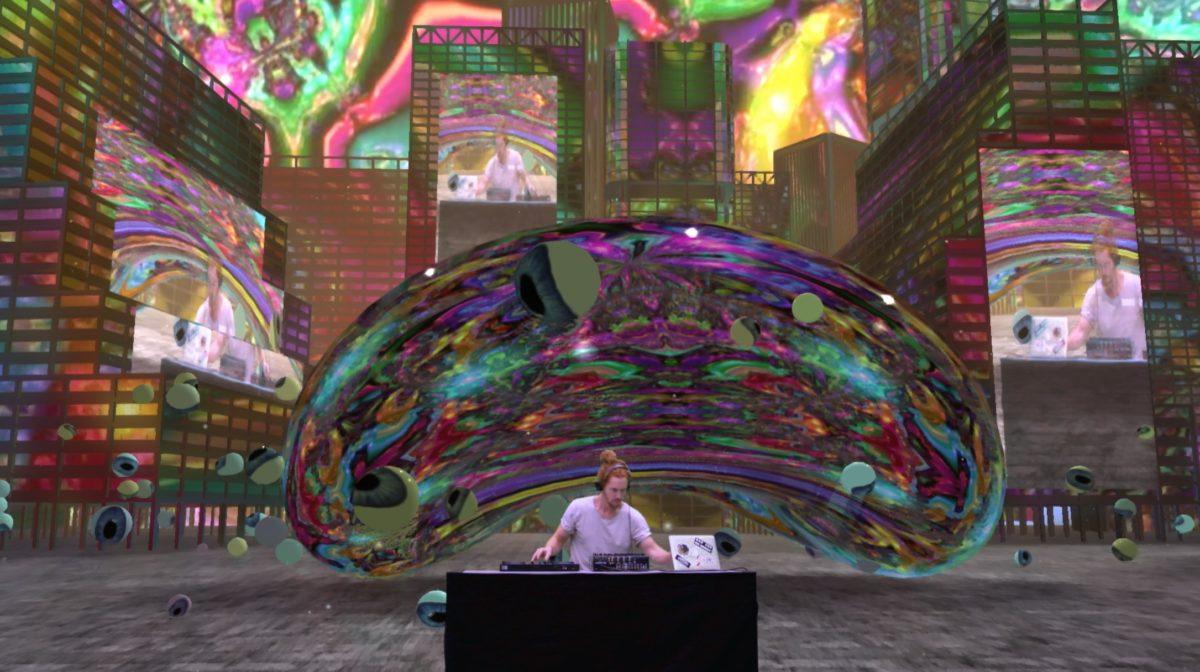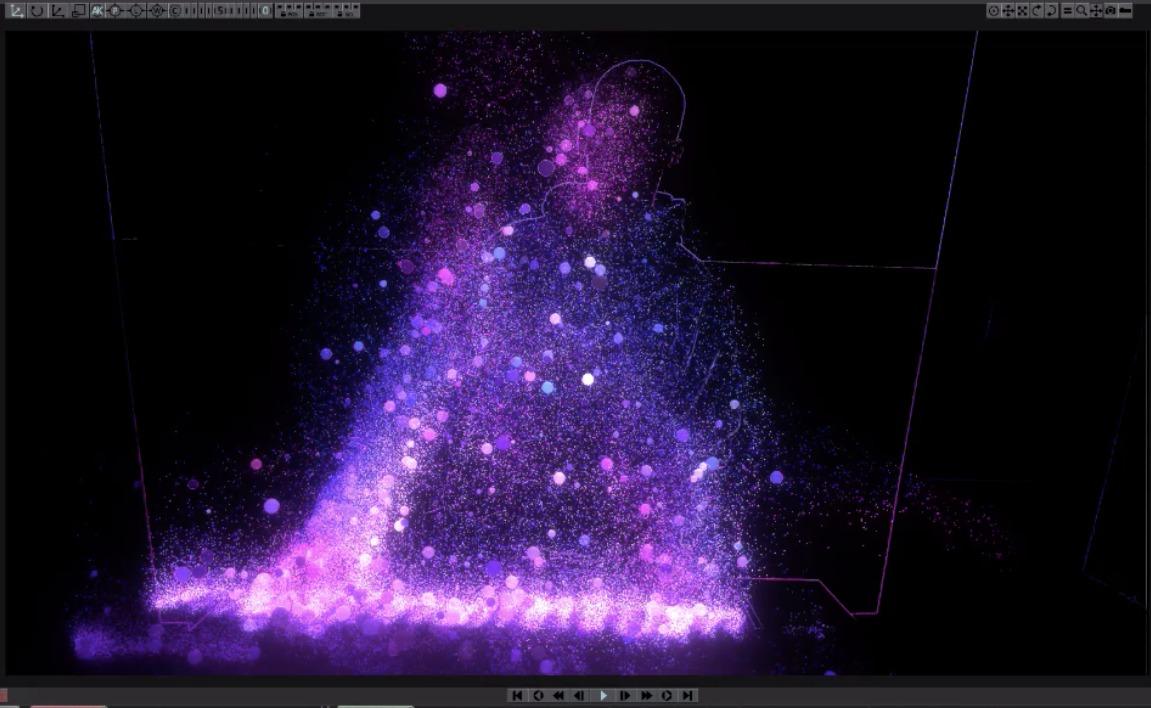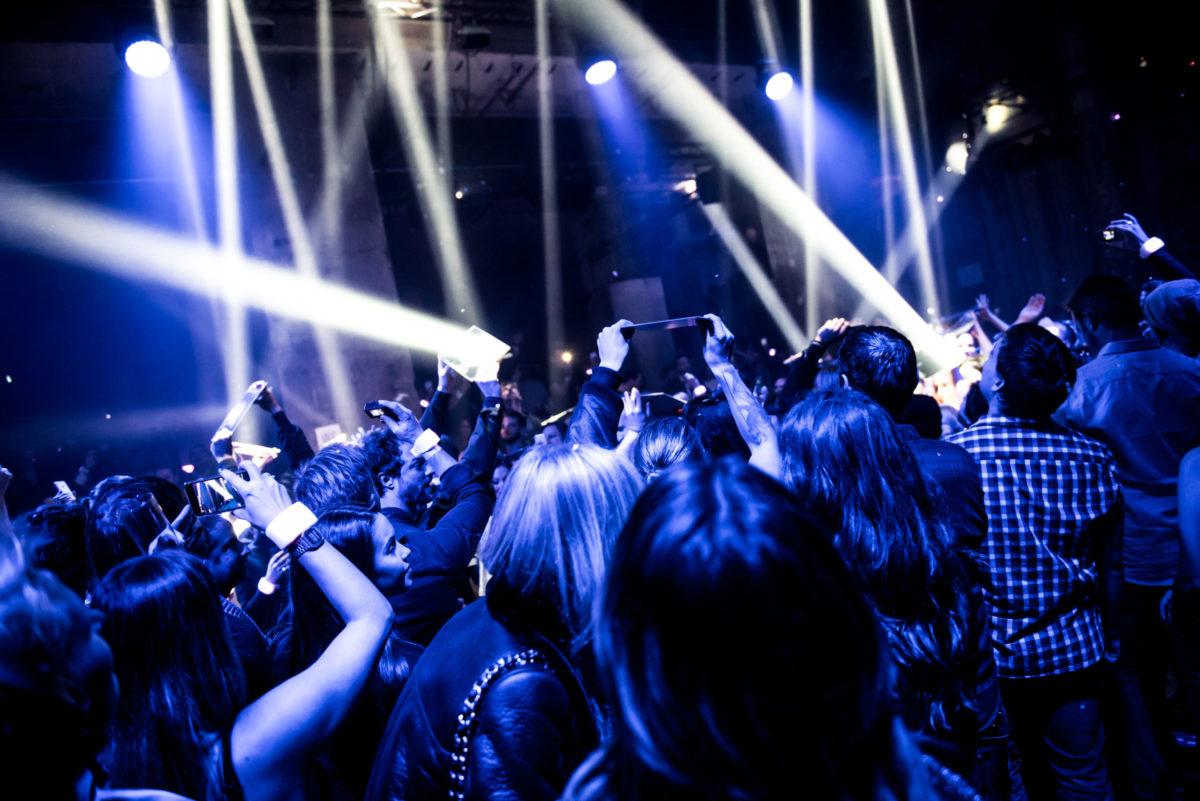We use cookies on our website. Some of them are essential, while others help us to improve this website and your experience.
Interactivity: The Way Forward for Virtual Events
Brendan Shelper, CEO at Battle Royal Studios, shares his insights on the importance and chances of interactivity in digital formats.
Brendan Shelper, CEO at Battle Royal Studios, shares his insights on the importance and chances of interactivity in digital formats.
As announced in our
Flexibility and lean process: possibilities and challenges
We went into this phase, looking for a lean, cost-effective and yet creative way of producing digital experiences. We learned that from a production perspective the effort and the cost are generally slightly less than in the case of a live event. For a standard event, you would still have to organize a technical setup, a venue, and the logistics. But not the audience, so that means no accommodation and travel for hundreds of people from around the world. Also one can create as much space as one likes virtually, the space can look infamous in fact, and host an infinite amount of guests.
However, some of that “saved” energy and time has to go into creativity. Mostly digital events need extra time and focus on the creative content. Also there’s not one technical ecosystem but rather multiple platforms that have to be used. Managing the interaction between those platforms sometimes means writing code from scratch to ensure they can communicate. We’re writing new rules with technology here and that takes time and money.
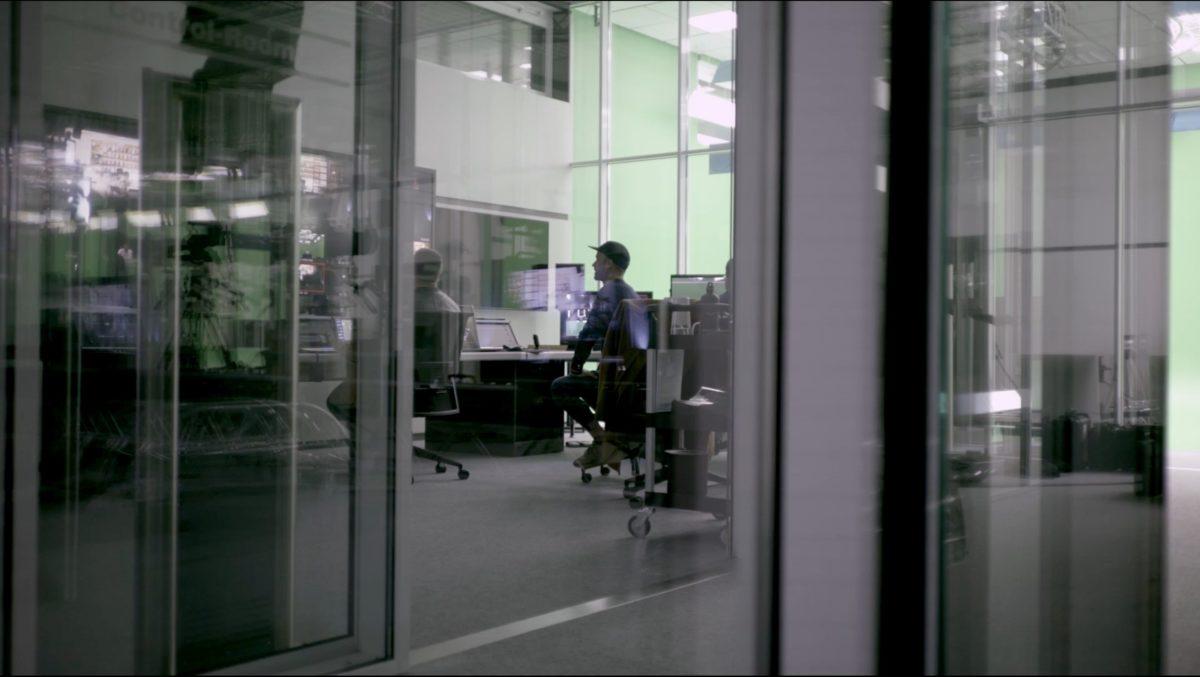
Overall, the technical equipment that’s needed to do a professionally-broadcast digital event, where you have people appearing on stage through video feeds with 1000+ guests signing in via a portal, and a larger event with a host on stage and 10000+ viewers, is pretty much the same.
However, there is also little qualitative difference between
Innovation and Interactivity: the way forward
The big difference in quality and the tools that are needed comes in with interactivity. Whether users can choose where they want to go; whether a quiz or survey comes up on top of the screen, which allows users to challenge that content and interact with others.
Given that it has become quite clear that, despite all the talk about the digital pivot, people are yearning for live experiences where they can connect with the rest of society, interactivity is crucial. Of course we now have tools that allow for an imitation of the look of “real”– but that is not enough. If we want to get anywhere close to what people want from the live experience, we must develop engagement tools.
And in fact, those are the interactivity tools we can also take back to live events once these re-emerge. They can be used to offer people, the guests that are attending live experiences, the ability to truly participate in creating the experience. By engaging your audience you give them power over the content and thereby democratize entertainment. Digital tools can make shared experiences a collective effort.
Want to get the latest updates? Then, follow us on
Related
Creative Visions: Notch on Making Virtual Production Accessible
Notch offers real-time graphics for virtual production. We spoke to the Founder Matt Swoboda, about the future of creating hybrid experiences for audiences in the coming years.
Tailor-Made Experiences: Mixed Reality Studios For Hybrid Events
In our XR studio we will test scalable formats for hybrid events. Creativity in the use of digital visualization will be key.
The Future of Live Events: Welcome to Hybrid Culture
The COVID-19 pandemic has put the event industry on hold. How are we going to experience live moments in the future?
Stay in Touch
Sign-up to the Battle Royal Studios newsletter to keep up to date with our latest news, jobs and VIP invites.
Battle Royal GmbH
Glogauer Strasse 17
10999 Berlin
Germany
With representation in
London • Dubai • Riyadh • Sydney


